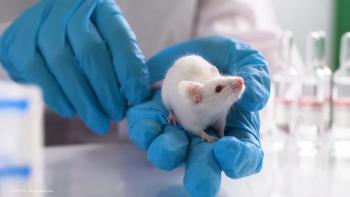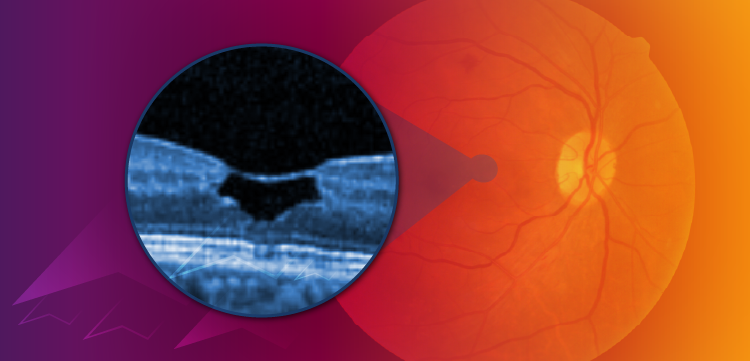
A connection between sleep apnea and AMD
Australian researchers have identified an association between nocturnal hypoxia and neovascular age-related degeneration (nAMD).1 Acting on this realization could prevent nAMD in some patients, according to first author Attiqa Chaudhary, MBBS, from Eye Research Australia, Royal Victorian Eye and Ear Hospital, East Melbourne, and the Department of Surgery (Ophthalmology), The University of Melbourne, Parkville, both in Victoria, Australia.
They explained that nocturnal hypoxia is common, under-diagnosed, and occurs in the same population demographic at risk of developing AMD.
The investigators conducted this cross-sectional study to determine if there was any association between nocturnal hypoxia and AMD, its severity, and the high-risk sub-phenotype of reticular pseudodrusen (RPD).
“Identifying additional modifiable risk factors would add to current clinical risk mitigation strategies whilst we await targeted interventions, as well as increasing our understanding of AMD pathogenesis,” the authors stated.
Patients were included who were 50 years of age and older and had AMD. The study also included normal controls. Participants were excluded if they had been or were being treated for sleep apnea.
All patients and controls had at-home, overnight (up to 3 nights) pulse oximetry recordings and multimodal imaging to classify AMD. Classification of obstructive sleep apnea (OSA) was determined based on the oxygen desaturation index [ODI] with mild beig defied as values of 5 to 15 and moderate-to-severe with values exceeding 15, the authors explained.
Sleep apnea study findings
The study included 225 participants, 76% of whom had AMD, and 42% of them had coexistent RPD. The breakdown of the stages of AMD was as follows: 53% had early/intermediate AMD, 30% geographic atrophy (GA), and 17% had nAMD, the authors reported.
“Overall, mild or moderate-to-severe OSA was not associated with an increased odds of having AMD or AMD with RPD (p ≥ 0.180). However, moderate-to-severe OSA was associated with increased odds of having nAMD (odds ratio = 6.35; 95% confidence interval = 1.18 to 34.28; p = 0.032), but not early/intermediate AMD or GA, compared to controls (p ≥ 0.130). Mild OSA was not associated with differences in odds of having AMD of any severity (p ≥ 0.277),” they reported.
In commenting on their study, Chaudhary and colleagues said, “We found an association between moderate-to-severe OSA with nAMD using oxygen saturation measurements obtained with objective, overnight pulse oximetry. This indicates that nocturnal hypoxia is potentially a new additional modifiable risk factor potentially for all AMD, but in particular, in this study for nAMD. These findings may assist in providing much needed additional strategies to mitigate the risk of developing the severe vision threatening late form of nAMD. Larger studies, including longitudinal studies, as well as studies with formal polysomnography, would further explore this association of nocturnal hypoxia with AMD.
Reference
1. Chaudhary A, Abbott CJ, Wu Z, et al. Nocturnal hypoxia and age-related macular degeneration. Clin Exp Ophthalmol. 2024; https://doi.org/10.1111/ceo.14428
Newsletter
Keep your retina practice on the forefront—subscribe for expert analysis and emerging trends in retinal disease management.



















































